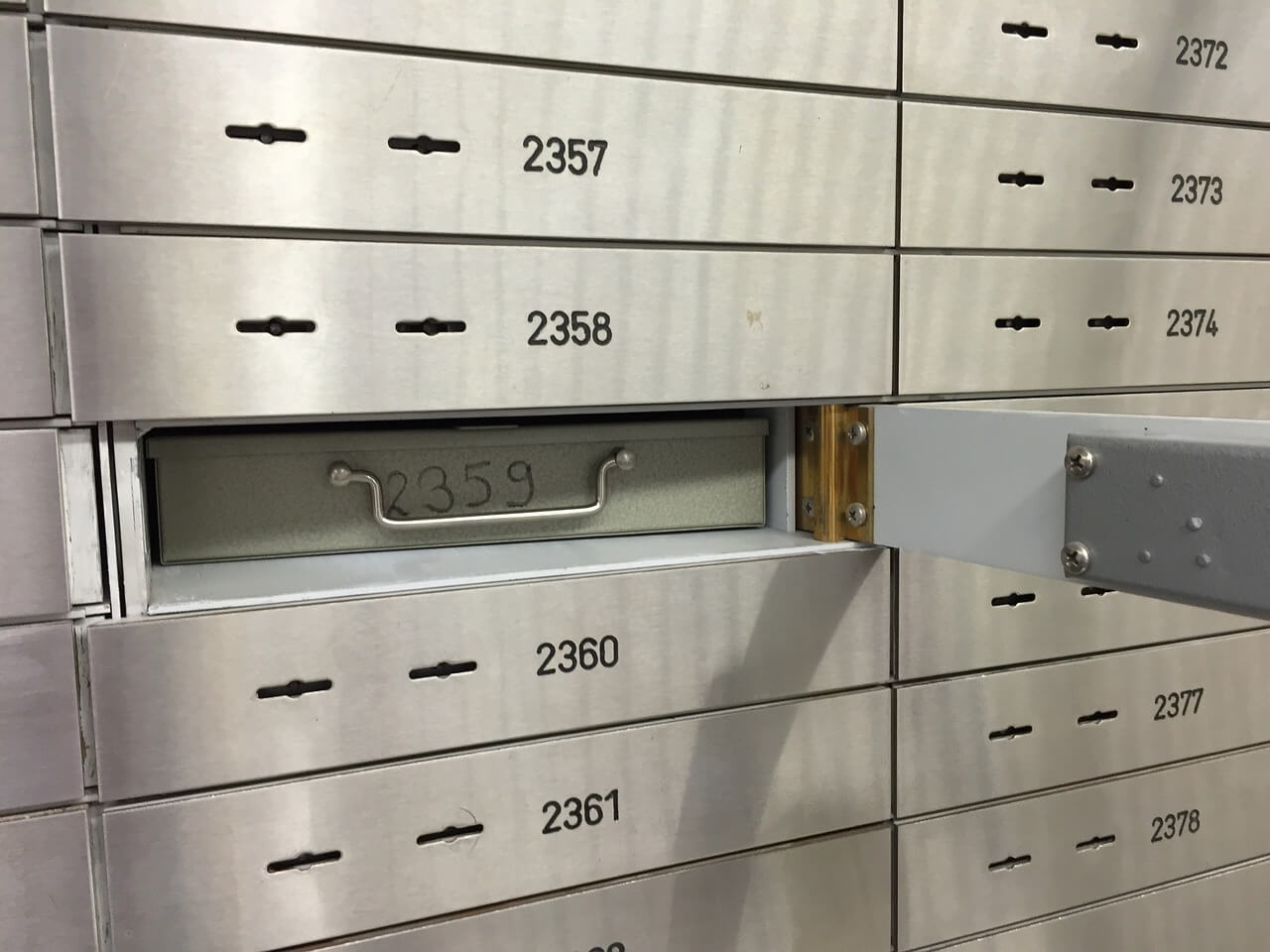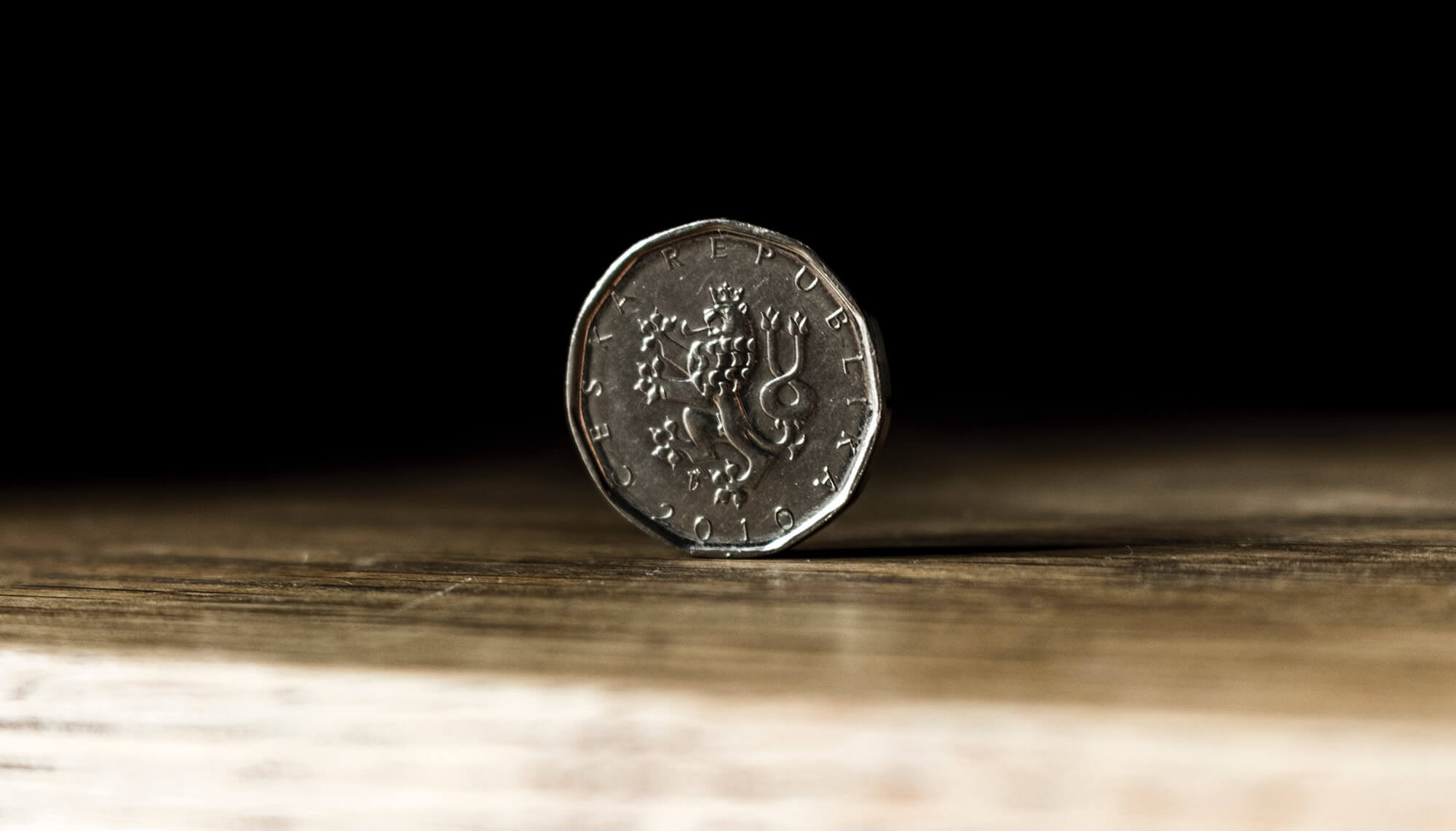Precious metals are a popular form of investment, but which is better, gold or platinum? In this blog we will look at the two precious metals and evaluate the pros and cons to see which one makes investors’ hearts beat faster. We will look at the performance, risks and rewards of the two precious metals and then see which is the best buy.
Inhalt
Gold vs. platinum
When it comes to precious metals as an investment, most people think of gold first. It’s considered the classic choice for investors looking to diversify their portfolio. But what about platinum? This precious metal is often overlooked, even though it plays an important role in many industries. For example, platinum is used in the automotive industry for catalytic converters and is also popular in jewellery manufacturing. But what about its role as an investment? Compared to gold, platinum is less well known, but it does have its advantages. In this blog article, we will take an in-depth look at the two precious metals and find out which one might be the better choice for you.
Performance of gold and platinum
When it comes to the performance of gold and platinum, there are some important factors to consider. Although gold is often considered the classic precious metal for investors, platinum has performed strongly in recent years. While gold is usually seen as a safe haven in times of economic uncertainty, platinum is often more closely linked to economic developments due to its industrial use. In recent years, demand for platinum has increased due to its use in the automotive industry, which has led to a higher price trend. However, gold is still a popular choice for investors due to its historical stability of value and its ability to act as a hedge against inflation. Ultimately, the choice between gold and platinum as an investment depends on the investor’s individual goals and risk tolerance.
Advantages and disadvantages as an investment
When it comes to investments, there are always advantages and disadvantages to consider. This also applies to precious metals such as gold and platinum. One of the advantages of gold is its stability and its long history as a safe investment. It has proven to be a reliable haven in times of economic uncertainty. Platinum, on the other hand, has a wider application in industry and can therefore benefit from an increase in demand. However, one disadvantage of gold is that it may be overvalued due to its popularity and does not offer as much potential for growth as other forms of investment. Platinum, on the other hand, may be more vulnerable to fluctuations in the economy due to its use in industry. Before deciding whether to invest in gold or platinum, you should carefully consider the pros and cons and take into account your goals and risk tolerance.
Risks of investing in precious metals
When it comes to investing in precious metals, there is always a certain amount of risk. Gold and platinum are no exception. Before you decide to invest in one of these precious metals, you should be aware of the risks. For example, the price of gold and platinum can be very volatile and fluctuate greatly in a short period of time. Political and economic events can also affect the price. There is also the risk of fraud and counterfeiting, especially when buying online. It is important to do your research before investing and only buy from reputable traders. Another way to minimise risk is to diversify your portfolio by investing in different precious metals and other asset classes.
Tax aspects of investing in precious metals
When it comes to investing in precious metals, it is important to also keep the tax aspects in mind. Unlike shares or funds, profits from the sale of gold or platinum are subject to the final withholding tax. This currently amounts to 25 percent plus solidarity surcharge and, if applicable, church tax. However, there are also exceptions to the tax obligation, for example if the precious metal is held for longer than one year or if it is a collector’s coin. It is therefore advisable to find out about the tax regulations before investing in precious metals and, if necessary, to consult a tax advisor. Ultimately, the choice between gold and platinum may also depend on tax considerations.
Which metal makes investors’ hearts beat faster?
When it comes to investing in precious metals, most people think first of gold. It has been a symbol of wealth and stability for centuries and has a long history as a store of value. But there is another metal that is making more and more investors’ hearts beat faster: Platinum. Platinum is a rare and valuable metal used in many industries, including automotive and jewellery. It is also an important component of catalytic converters that help purify car exhaust gases. However, compared to gold, platinum is often cheaper and can offer a higher return. It is also less susceptible to price fluctuations than gold and can be a good diversification option for investors looking to add to their portfolio. Although gold is still the king of precious metals, platinum is an emerging alternative that investors should keep an eye on.
Conclusion
So, what’s the bottom line? Gold and platinum are both valuable precious metals that can be attractive to investors. Gold has long been a safe haven for investors and has a long history as a store of value. However, platinum is a rarer metal and has a wider range of industrial applications, which can make it a more lucrative investment. It is important that investors consider their own objectives and risk tolerance before investing in precious metals. Balanced diversification can also help minimise risk and maximise long-term returns. Ultimately, the choice between gold and platinum depends on each investor’s individual needs and goals.










